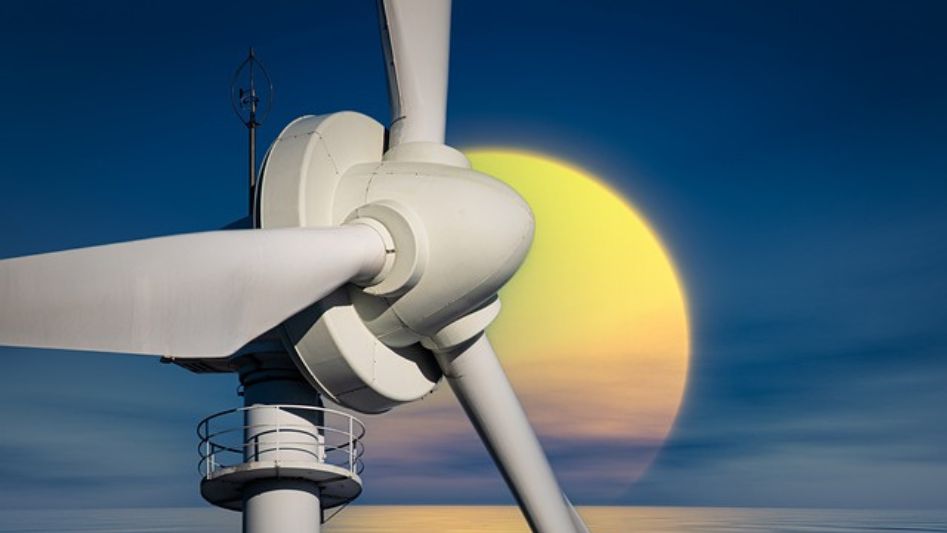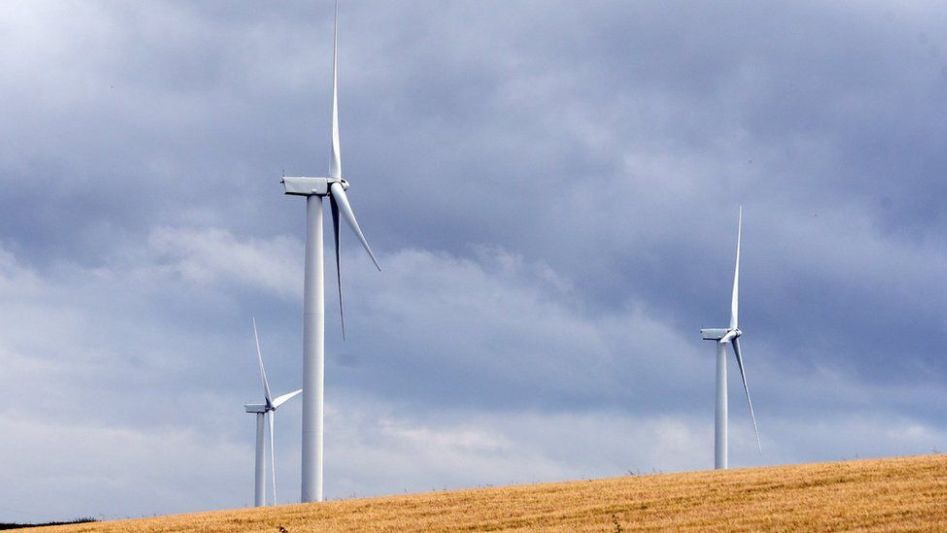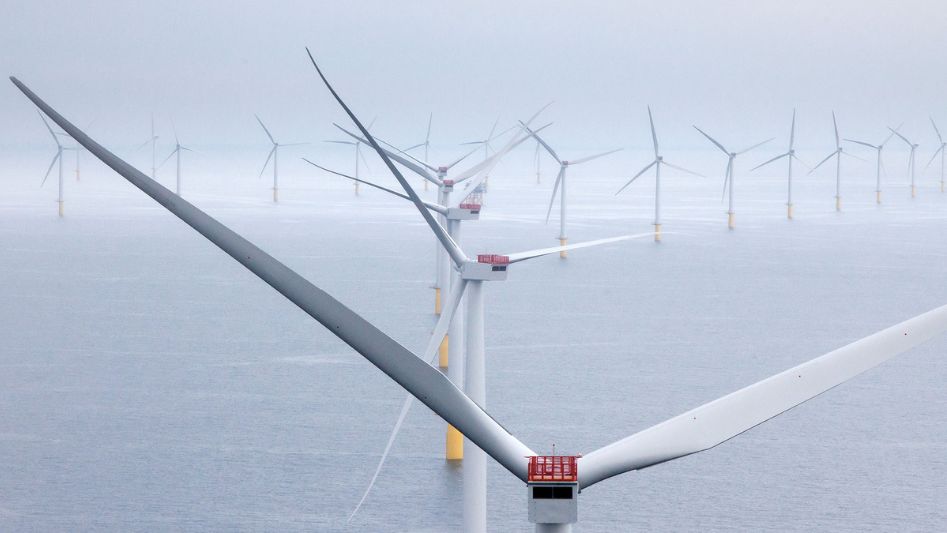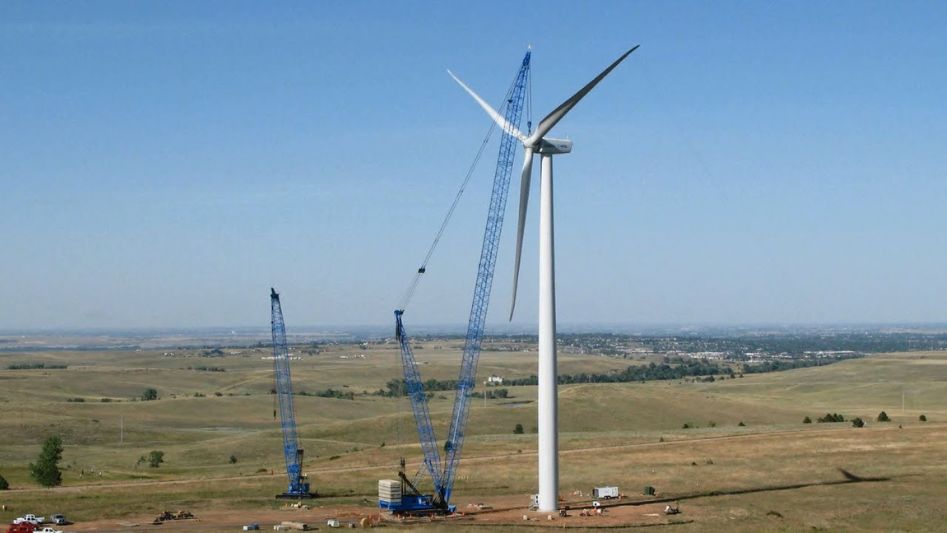In the realm of sustainable energy, wind power stands as a stalwart champion, harnessing the natural force of wind to generate clean electricity. As technology evolves at an astounding pace, the wind turbine industry is experiencing remarkable advancements that are poised to reshape the energy landscape. This article delves into the exciting innovations and future prospects that await the wind turbines of tomorrow.
Table Of Content
We invite you to read: “From Wind to Watts: Understanding the Science Behind Wind Turbines”

Harnessing Offshore Winds for Maximum Efficiency
One of the most promising trends in wind turbine innovation revolves around offshore installations. With vast expanses of open ocean providing consistent and stronger winds compared to onshore locations, offshore wind farms have gained significant attention. Cutting-edge engineering has led to the development of turbines specifically designed for marine environments. These turbines feature sleek designs that minimize resistance, efficiently capturing the power of ocean gusts. The utilization of offshore winds not only enhances energy production but also addresses land scarcity issues that often accompany onshore installations.
The Rise of Vertical Axis Turbines
Traditional horizontal axis wind turbines have long dominated the wind energy landscape. However, a paradigm shift is underway with the emergence of vertical axis turbines (VATs). These innovative structures present several advantages, including versatility in installation and operation. VATs are characterized by their compact design and ability to capture wind from any direction, making them ideal for urban environments where wind patterns can be unpredictable. As the demand for decentralized energy sources grows, vertical axis turbines are likely to play a pivotal role in meeting these needs.
Smart Technology Integration for Optimal Performance
The integration of smart technology is revolutionizing various industries, and wind energy is no exception. Modern wind turbines are now equipped with sophisticated sensors and control systems that optimize performance. Through real-time data analysis, these systems can adjust the turbine’s orientation to maximize wind capture and mitigate potential damage during turbulent weather conditions. Additionally, predictive maintenance algorithms detect potential malfunctions before they escalate, ensuring minimal downtime and optimal energy output.
We invite you to read: “Blowing Away Myths: Debunking Common Misconceptions about Wind Turbines”

Paving the Way for Sustainable Energy Landscapes
The advancements in wind turbine technology are not only shaping the future of renewable energy but also contributing to the creation of sustainable energy landscapes. As wind farms expand and become more integrated with other renewable sources such as solar and hydroelectric power, a diversified and resilient energy grid emerges. This synergy between various renewable sources reduces dependency on fossil fuels and enhances overall energy security.
Transitioning Towards a Greener Tomorrow
The wind turbines of tomorrow are poised to revolutionize the renewable energy sector. From offshore installations harnessing the power of the ocean winds to innovative vertical axis turbines transforming urban spaces, the future of wind energy is vibrant and promising. With the integration of smart technology and a holistic approach to sustainable energy landscapes, wind power will play a crucial role in transitioning towards a greener and more sustainable tomorrow.
We invite you to read: “From Sunlight to Wind: The Green Energy Duo – Solar Panels and Wind Turbines”

Conclusion
In the realm of renewable energy, the future of wind turbines shines with innovation and potential. From harnessing offshore winds to the rise of vertical axis turbines, the industry is undergoing transformative changes that promise a greener and more sustainable energy landscape. Smart technology integration further enhances efficiency and performance, while the synergy between renewable sources paints a promising picture of tomorrow’s energy grid. As wind power paves the way towards a cleaner and brighter future, your support can contribute to driving these innovations forward.
FAQs
How do offshore wind turbines work?
Offshore wind turbines operate similarly to their onshore counterparts, but they are strategically placed in open ocean waters to capture stronger and more consistent winds for increased energy generation.
What are vertical axis turbines (VATs)?
Vertical axis turbines are innovative wind turbine designs that can capture wind from any direction. Their compact size and versatility make them suitable for various environments, including urban areas.
How does smart technology improve wind turbine performance?
Smart technology integration involves sensors and control systems that optimize turbine orientation based on real-time data, maximizing energy capture and minimizing potential damage during adverse weather conditions.
How does wind power contribute to a sustainable energy landscape?
Wind power, when integrated with other renewable sources like solar and hydroelectric power, forms a diversified and resilient energy grid, reducing reliance on fossil fuels and enhancing overall energy security.
You May Also Like
- Dutch Takes Unprecedented Step to Protect Migratory Birds, Halts Offshore Wind Turbines
- Vertical Axis Wind Turbines: An Alternative to Traditional Wind Turbines?
- The Pros and Cons of Vertical Axis Wind Turbines
- Harnessing the Wind: An Introduction to Wind Turbines and Wind Energy
- The Power of Aerodynamics: Lessons from Wind Turbines and Formula 1 Cars

